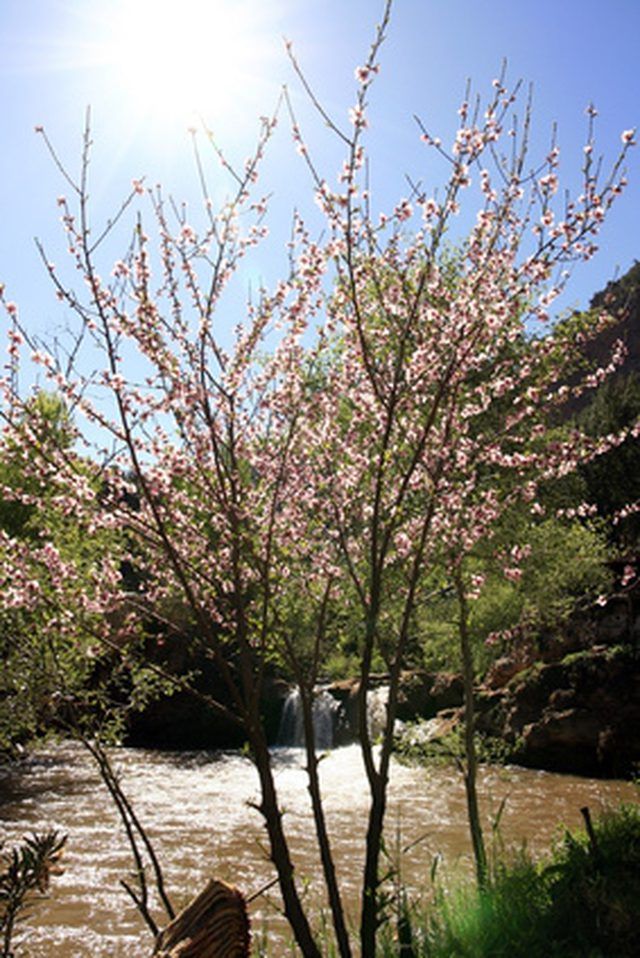Bulbs
Flower Basics
Flower Beds & Specialty Gardens
Flower Garden
Garden Furniture
Garden Gnomes
Garden Seeds
Garden Sheds
Garden Statues
Garden Tools & Supplies
Gardening Basics
Green & Organic
Groundcovers & Vines
Growing Annuals
Growing Basil
Growing Beans
Growing Berries
Growing Blueberries
Growing Cactus
Growing Corn
Growing Cotton
Growing Edibles
Growing Flowers
Growing Garlic
Growing Grapes
Growing Grass
Growing Herbs
Growing Jasmine
Growing Mint
Growing Mushrooms
Orchids
Growing Peanuts
Growing Perennials
Growing Plants
Growing Rosemary
Growing Roses
Growing Strawberries
Growing Sunflowers
Growing Thyme
Growing Tomatoes
Growing Tulips
Growing Vegetables
Herb Basics
Herb Garden
Indoor Growing
Landscaping Basics
Landscaping Patios
Landscaping Plants
Landscaping Shrubs
Landscaping Trees
Landscaping Walks & Pathways
Lawn Basics
Lawn Maintenance
Lawn Mowers
Lawn Ornaments
Lawn Planting
Lawn Tools
Outdoor Growing
Overall Landscape Planning
Pests, Weeds & Problems
Plant Basics
Rock Garden
Rose Garden
Shrubs
Soil
Specialty Gardens
Trees
Vegetable Garden
Yard Maintenance
Interesting Facts About the Almond Tree
Interesting Facts About the Almond Tree. Today's modern almond trees evolved from wild almonds in Syria, Turkey, Iran and Iraq. Almonds have been cultivated since 10th century B.C. California produces 70 percent of the world's modern almond supply. Almond trees live 70 years or more. They grow best in well-drained soil in hot, dry climates and are...

Today's modern almond trees evolved from wild almonds in Syria, Turkey, Iran and Iraq. Almonds have been cultivated since 10th century B.C. California produces 70 percent of the world's modern almond supply. Almond trees live 70 years or more. They grow best in well-drained soil in hot, dry climates and are susceptible to frost damage and fungal problems in wet conditions.
Characteristics
The almond tree is related to cherries, plums and peaches. There are sweet almonds and bitter almonds, and sweet almonds have varieties with soft and hard shells. Almonds are part of the rose family and have flowers that have five petals like roses. Almonds are technically drupes, fruits with a hard, stony center that surrounds a seed. Once they start fruiting, almond trees can produce almonds for more than 50 years.
Origins
Although modern almonds are produced primarily in California, in Australia and in the Mediterranean, they are native to Asia. They range from Turkey to Greece to North Africa, and references to almonds have been found in ancient Rome and Egypt.
Growth Habits
Almonds grow best in well-drained, sandy soil, in hot dry weather. Bees are the best pollinators for almond trees, and require cross-pollination, so compatible varieties must be grown together for the best crop production. Almond trees flower in early spring. The flowers and fruit set can be damaged by too much springtime wind and rain. When almonds first start forming, the hulls are soft and green. They eventually dry and split open and are ready for harvest.
Commercial Cultivation
Sweet almonds are grown commercially in orchards, with specific varieties produced. The most common variety grown commercially is Nonpariel, a thin-shelled, high-quality almond that is resistant to frost. Almond orchards normally plant 50 percent of the main variety and 50 percent of pollinating varieties. Harvesting is done by shaking the trees and sweeping up the dropped fruit for processing.
Diseases
Almond trees are susceptible to fungus in wet conditions. Hull rot results in shoot die-off and fruit rot. It is minimized or eliminated by promoting good air circulation and avoiding irrigation when fruit is on the branches. Rust causes yellow spots and rusty patches on leaves in moist weather and is controlled with chemical sprays. Shothole results in holes in leaves in high moisture conditions and can be controlled with good air circulation in orchards. Silver leaf results in silvery appearance of leaves from high rainfall and can kill trees. It's controlled with careful, sanitary pruning.